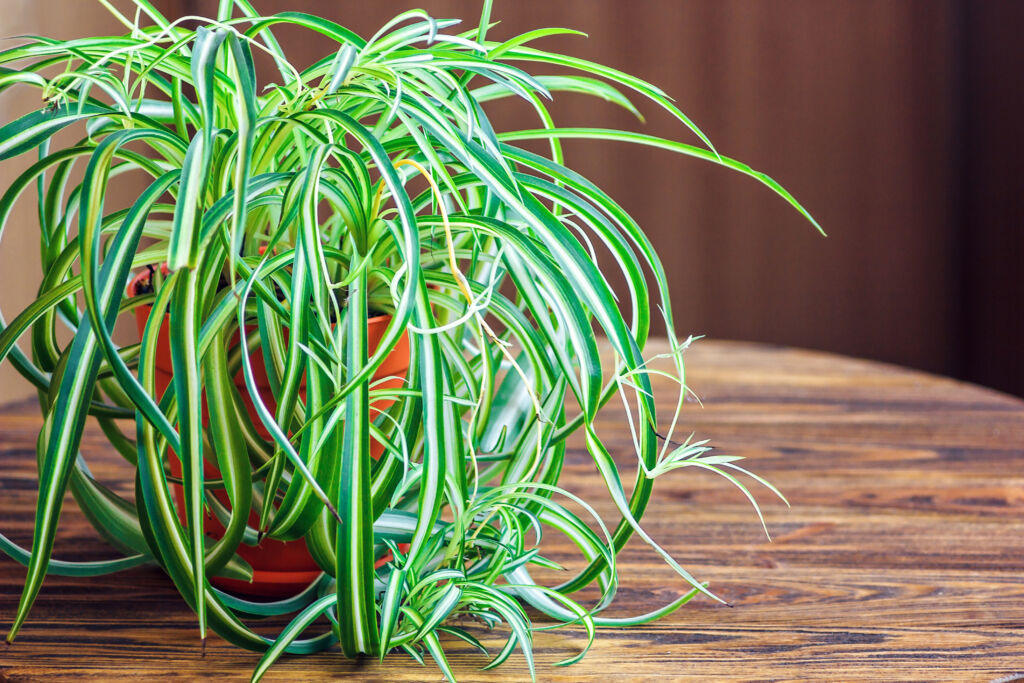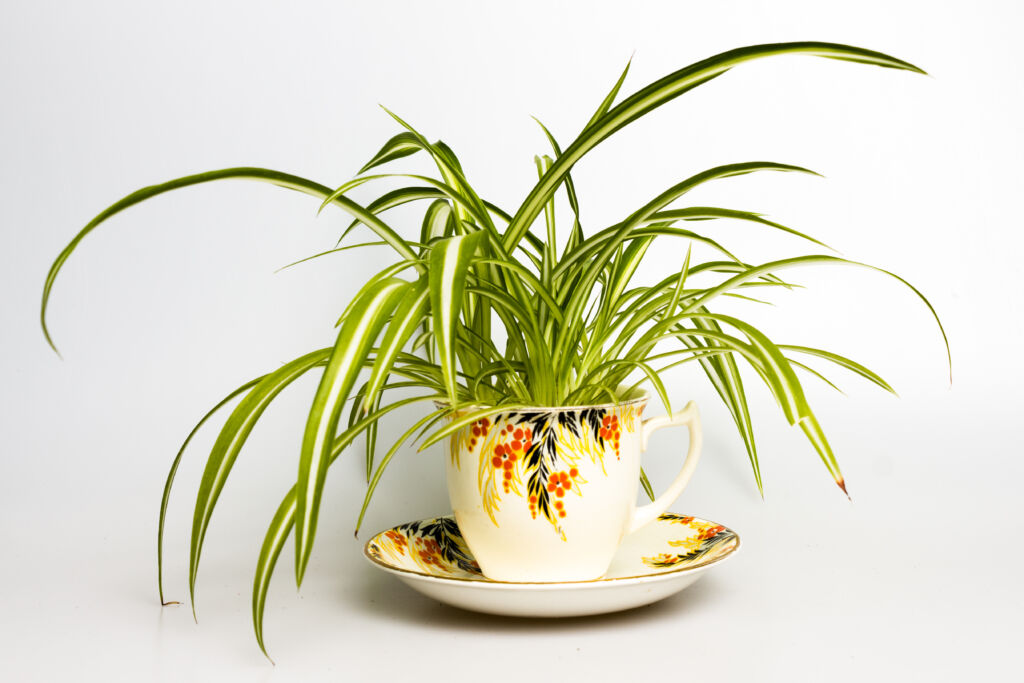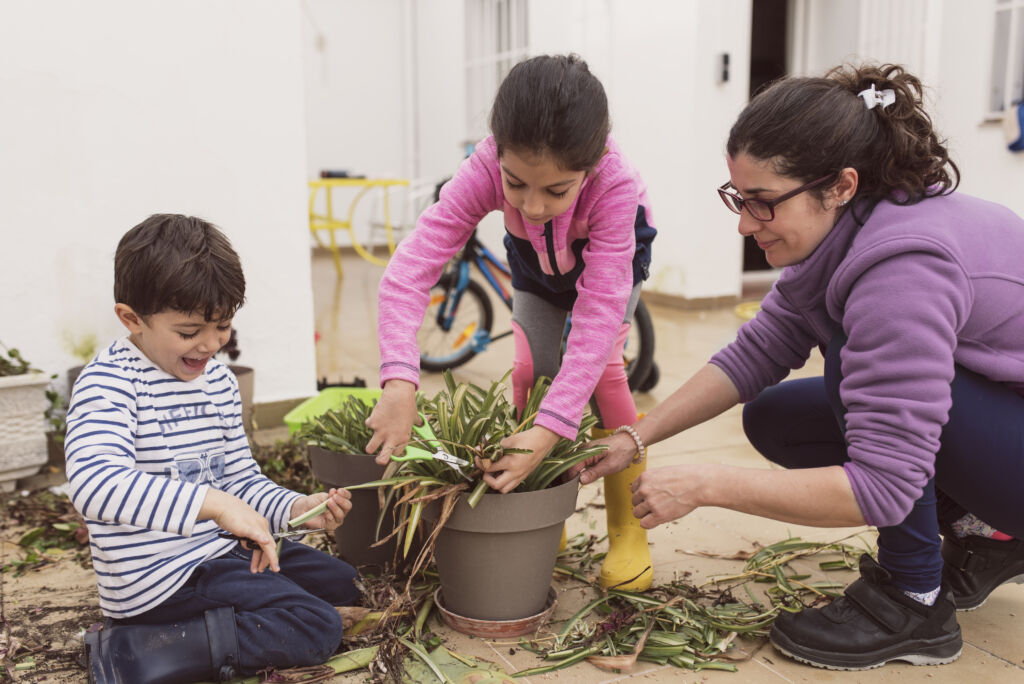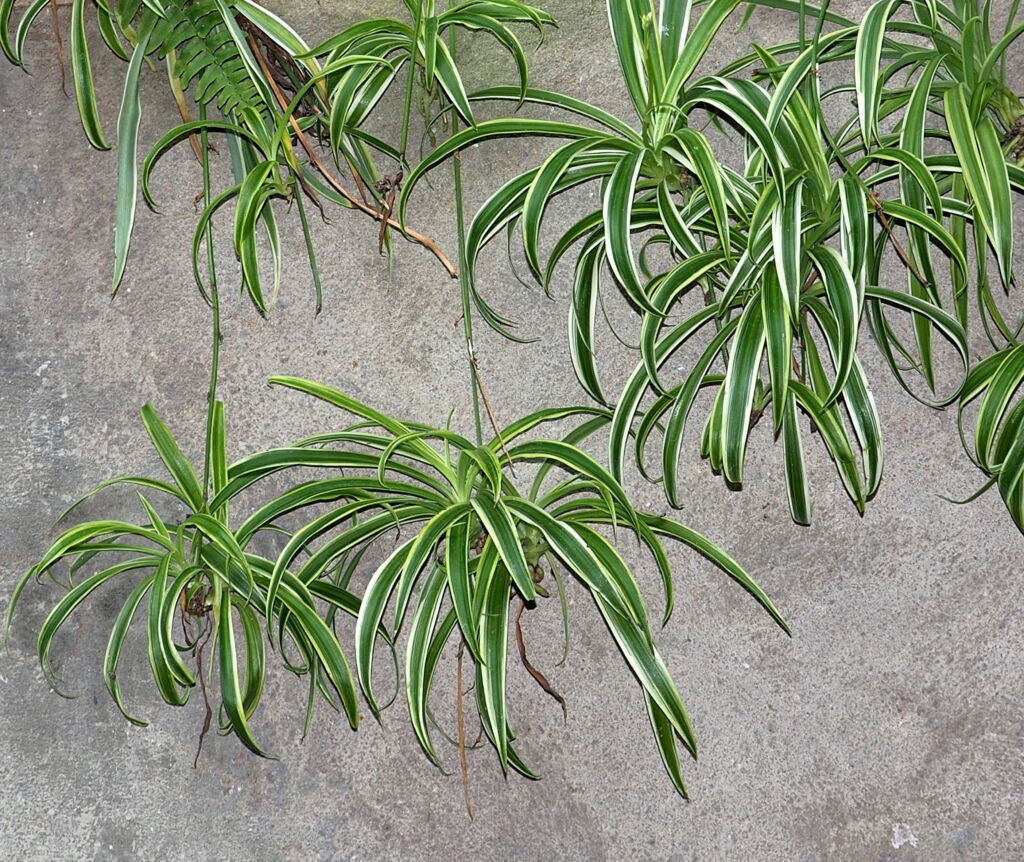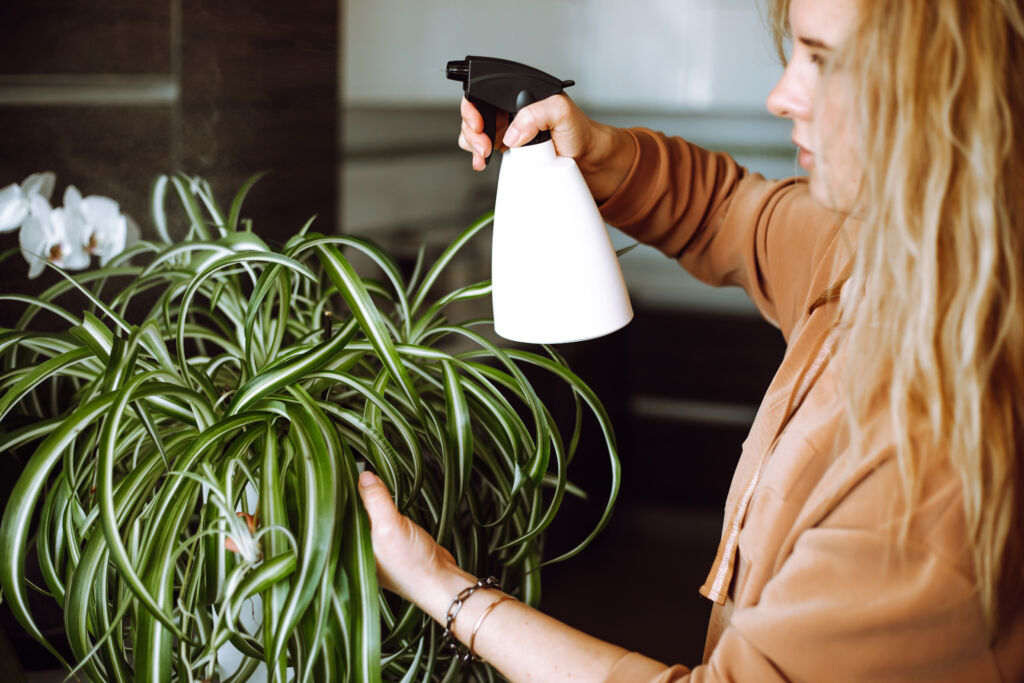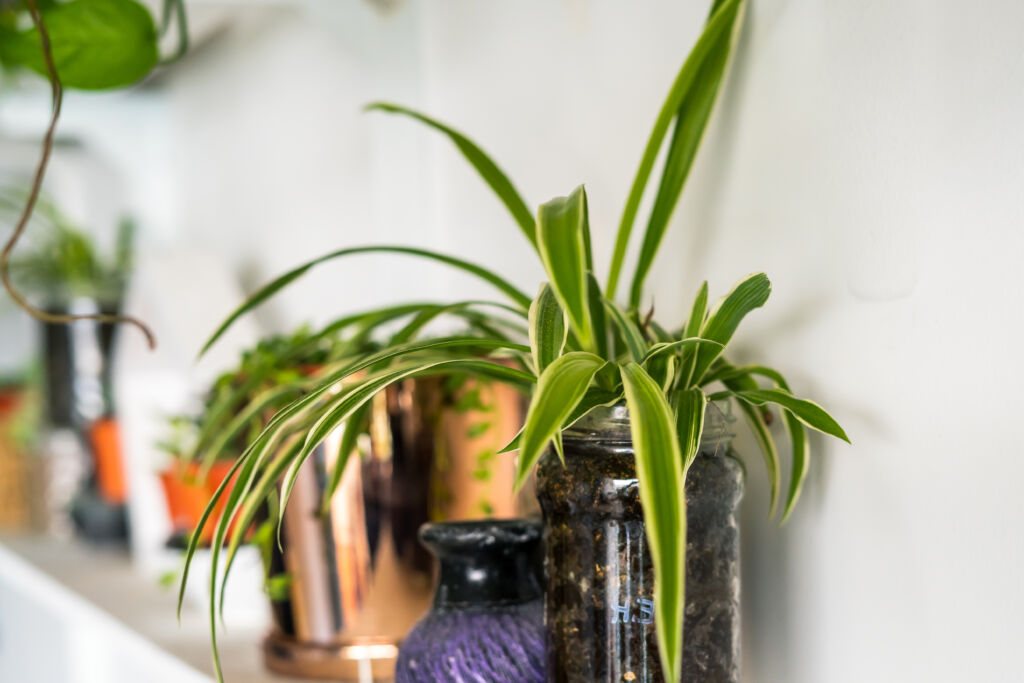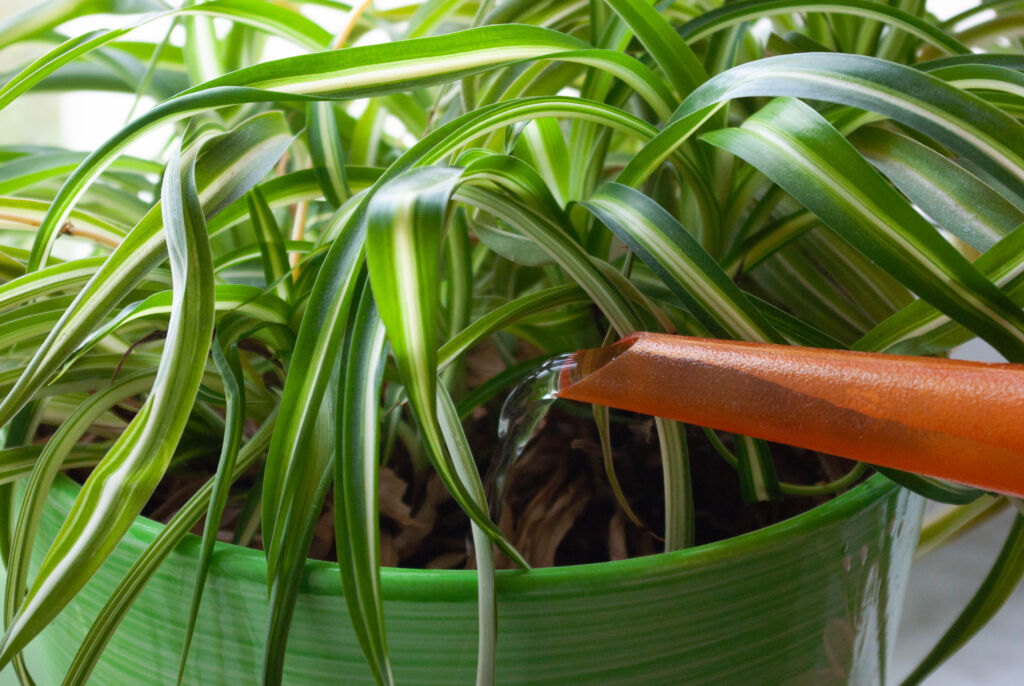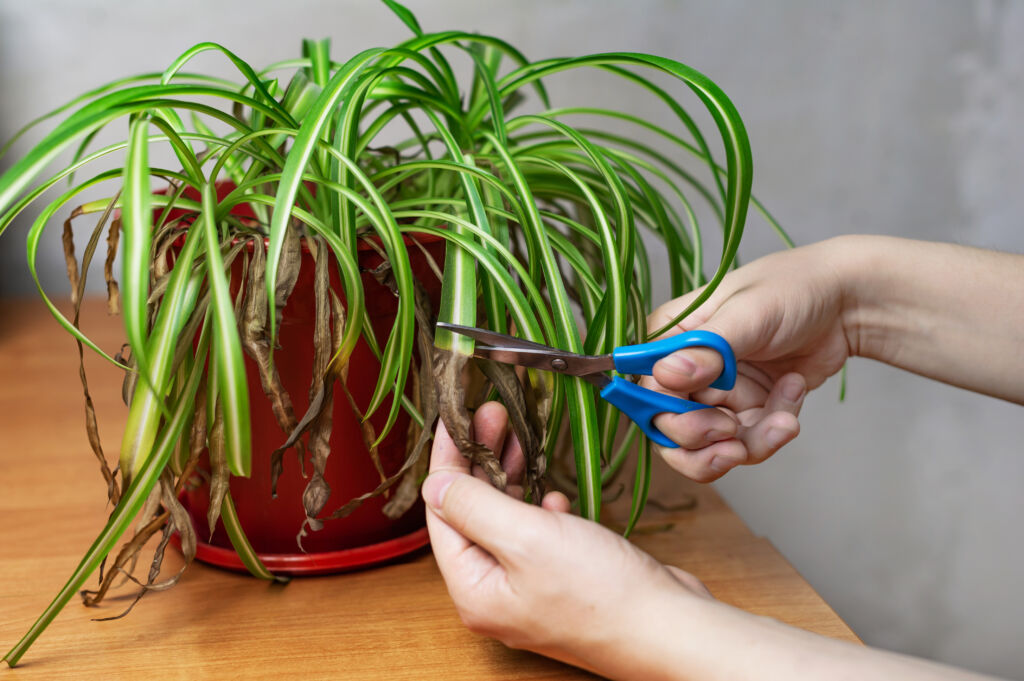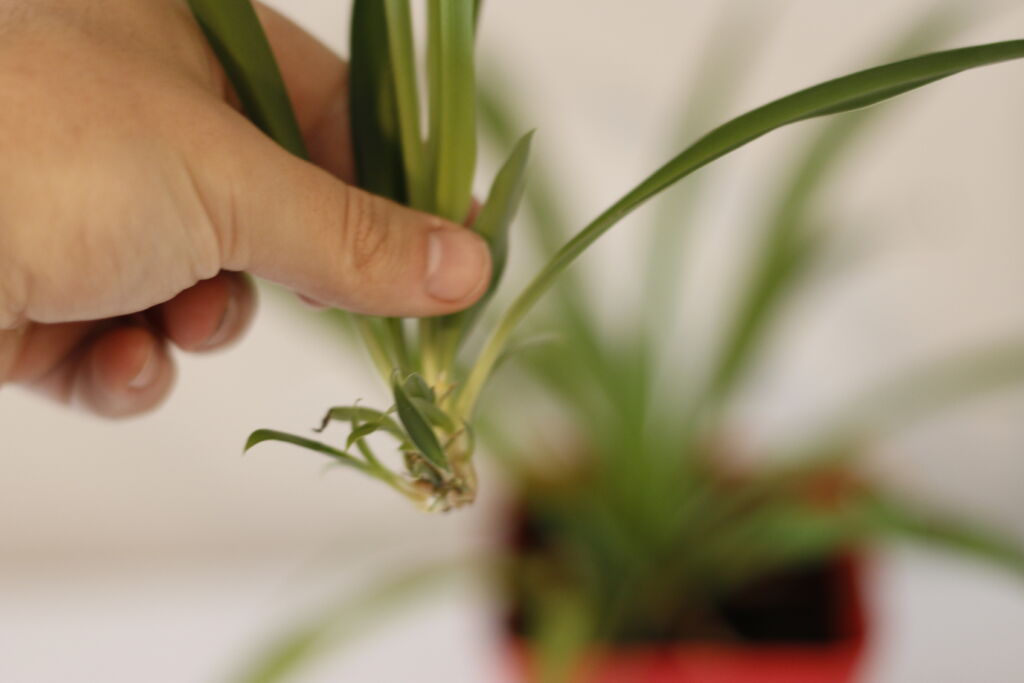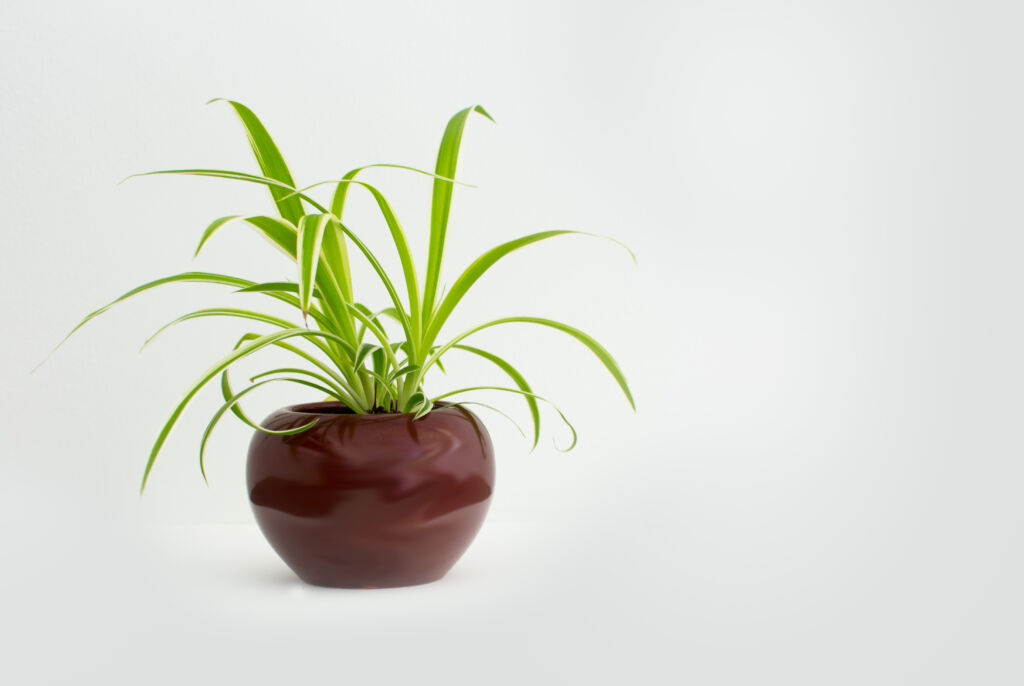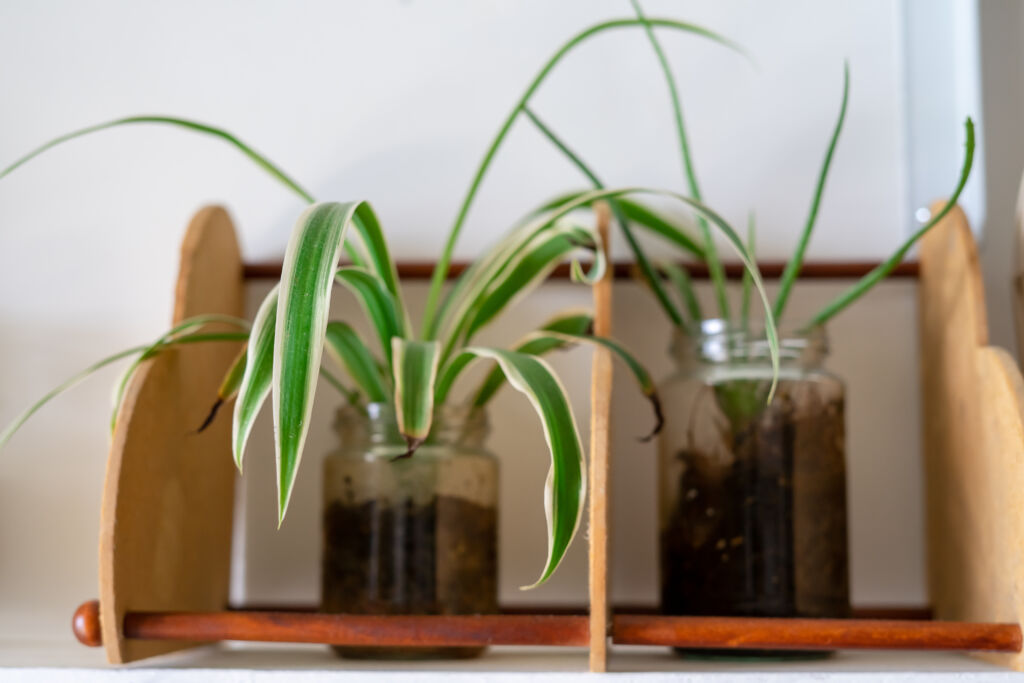HousePlantJoy is supported by our audience. When you purchase through one of our links, we may earn a small affiliate commission. As an Amazon Associate I earn from qualifying purchases. Your cost is not affected.
==================
10 Facts about Spider Plants: Are Spider Plants Good for Beginners?
Are you curious about spider plants? They’re one of the most popular plants around and for good reason – they’re easy to care for, versatile, and look great in any room. In this blog post, we’ll share ten fun facts about spider plants and answer the question “Are spider plants good for beginners?” Read on to learn more!
Concerned you don’t have a green thumb? Or maybe your friend is just starting out as a plant owner and you want to share a great gift. Spider Plants might prove the ideal starter, although many experienced plant enthusiasts like them, too. In fact, these plants appear quite often among plant collections.
And that’s why we put together this quick guide to one of America’s favorite houseplants.
1. Spider plants are one of the most popular houseplants, thanks in part to their easy care and low maintenance requirements. And they are safe around children and pets, too!
2. They are especially well-suited for beginning gardeners or those who don’t have a lot of time or space to devote to gardening. A note of caution, however. Many spider plant devotees find themselves adding a plant or two frequently. You might say they grow on you!
3. Spider plants require relatively little water, fertilizer, or sunlight in order to thrive, making them an ideal choice for anyone looking for a low-maintenance plant. However, when they outgrow their current pot, move them up to the next size home (pot) to keep them healthy and happy.
4. They also do well in a wide range of temperatures and conditions, which makes them suitable for indoor growing in just about any home or office space. During the warmer months, your spider plant might enjoy a vacation on your patio, too!
Potential problems with these delightful plants?
5. If your spider plant is not thriving as expected, there may be certain things that you can do to help it along. For example, spider plants prefer to be kept on the drier side, so if you’re noticing that your plant is looking wilted or yellowing, it may be time to cut back on the water. Also, consider the container size. Is it time for your beloved plant to move up to a larger home?
6. On the other hand, if your spider plant is looking brown and crispy, it may be getting too much sun. In this case, move your plant to a shadier location. Remember, the Spider Plant loves indirect light and even manages some shade.
7. Spider plants are also known for being very easy to propagate. If you want to create more plants, watch for the pups, commonly known as spiderettes. These grow from the mother plant and easily transfer to new homes when ready. Simply remove them and pot them up in the soil. Within a few weeks, you should see new growth beginning to emerge.
8. Spider plants make good air cleaners. Prized for their ability to remove harmful toxins from the air, they make a great option if you’re looking for a way to improve the quality of your indoor air.
9. To keep your spider plant healthy and thriving, be sure to feed it with a balanced liquid fertilizer and provide plenty of bright, but indirect sunlight. However, during the resting months, usually, throughout the winter, your plant needs less fertilizer.
10. With just a bit of regular care and attention, your spider plant will continue to bring beauty and health benefits into your home or office space for years to come!
Bonus: Did you know Spider Plants actually come in several varieties?
-
- Variegated Spider Plant Botanical Name: Chlorophytum comosum ‘Vittatum’
- Bonnie Spider Plant Botanical Name: Chlorophytum comosum ‘Bonnie’
- Zebra Spider Plant Botanical Name: Chlorophytum laxum ‘Zebra’
- Variegatum Spider Plant Botanical Name: Chlorophytum Comosum ‘Variegatum’
- Hawaiian Spider Plant Botanical Name: Chlorophytum viridescens ‘Hawaiian’
- Variegated Bonnie Spider Plant Botanical Name: Chlorophytum comosum ‘Bonnie Variegated’
In Conclusion
That’s it for our quick tour of spider plants! We hope you enjoyed learning a little bit more about these interesting plants and why they make great additions to any home. As we mentioned before, spider plants make perfect starter plants for beginners since they are low-maintenance and relatively hardy. If you have any questions or comments, please leave them below – we love getting feedback from our readers. And finally, don’t forget to share this post with your friends and family who might also be interested in growing spider plants!
Read More:
Plants purify air (LiveScience)

